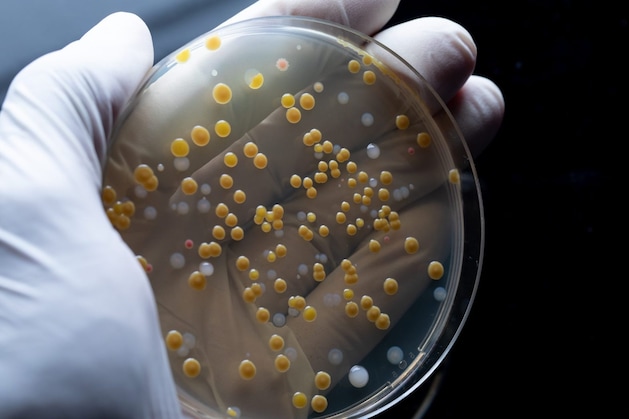Due to the increasing resistance of bacteria to conventional antibiotics, the World Health Organization (WHO) is sounding the alarm and calling it a “global challenge”. Experts are now calling for numerous measures.
Increasing resistance of bacteria to antibiotics poses a serious global threat, according to the World Health Organization (WHO). This has therefore now published a list of the most dangerous pathogens against which means of combating often fail.
At the same time, the experts called for urgent investment in research and for all countries to have equal access to treatment methods.
Right at the beginning of the recently published study, the WHO emphasizes the urgency of the problem. This is what it says in the first few sentences: “Antibiotic resistance is a major global public health challenge and was linked to an estimated 4.95 million deaths in 2019, a disproportionate number of them in low- and middle-income countries. Combating antimicrobial resistance (AMR) in the healthcare sector requires a global effort.”
AMR is used when microorganisms cannot be killed by an appropriate active ingredient. The main cause of resistance emergence is the overuse of antimicrobials. Bacteria are becoming more resistant precisely where antibiotics are often used.
The WHO list includes 15 families of antibiotic-resistant pathogens, divided into critical, high and medium priority categories. It is intended primarily to serve as a guideline for political decision-makers, national health authorities and research institutions.
New to the highest category is Mycobacterium tuberculosis, the main pathogen that causes tuberculosis. However, as in recent years, the bacterium Acinetobacter baumannii is at the top of the priority list. Patients usually become infected with it in hospitals, especially through contaminated ventilators, as a study in the journal Virulence shows.
Certain enterobacteria also have the highest priority. As the Federal Institute for Risk Assessment reports, these also occur primarily in hospitals. Individual outbreaks have been traced to intravenous fluids, blood products, distilled water, contaminated endoscopes, stethoscopes and nursing staff’s hands.
Enterobacteria can cause a wide range of diseases. Infections with these germs result, among other things, in blood poisoning, inflammation of the respiratory tract, eyes, heart or skin of other organs. The WHO is now expressing its concerns about the current global situation all the more urgently.
The experts are therefore calling for numerous measures to prevent the increasing antibiotic resistance of bacteria. These include improving “infection prevention and control, ensuring equitable access to diagnostics and treatment, vigilant surveillance to identify new trends in AMR, and significant investments in research and development to create new medicines, diagnostics and prevention tools.”
Source: WHO, Federal Institute for Risk Assessment, “Acinetobacter baumannii.An emerging opportunistic pathogen” (Virulence 2012)
By Véronique Fritsche
After rapid weight loss, a doctor diagnosed Bella Johnston, then 14, with an eating disorder. The young woman suffers from a rare type of cancer that almost costs her life due to the misdiagnosis.
What really makes us happy? Neuroscientist Tobias Esch explains what happiness actually is and which factors influence our sense of happiness. Today, science knows: genes have less influence than thought – and happiness can be trained.
The original for this article “Bacteria increasingly resistant to antibiotics: WHO warns of “global threat”” comes from futurezone.de.









